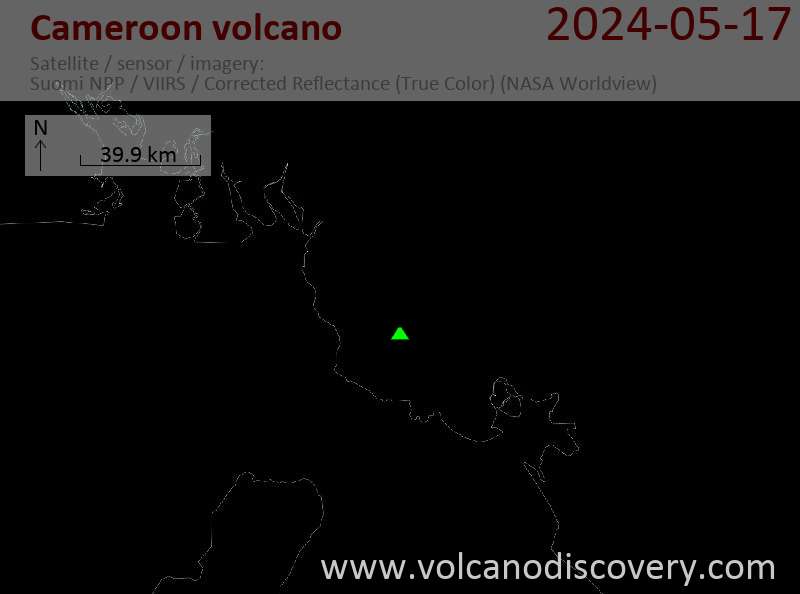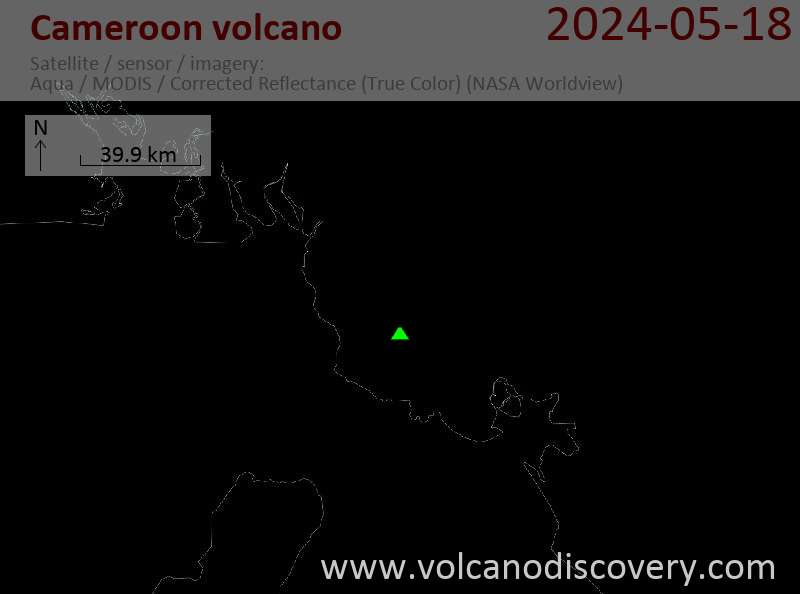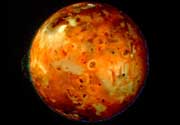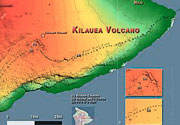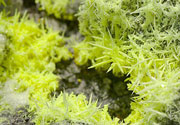Cameroon Volcano
Updated: Apr 27, 2024 12:45 GMT -
Stratovolcano 4095 m / 13,435 ft
Cameroon, 4.22°N / 9.17°E
Current status: normal or dormant (1 out of 5)
Cameroon, 4.22°N / 9.17°E
Current status: normal or dormant (1 out of 5)
Last update: 15 Dec 2021 (possible eruption since 4 February 2012)
Mount Cameroon volcano is one of Africa's largest and most active volcanoes. It is also one of the few volcanoes with dated historic eruptions from BC.
The volcano is the most active on a hot spot chain (the Cameroon Volcanic Line). Mt Cameroon rises above the coast of west Cameroon from the coast through tropical rainforest to a bare summit which sometimes receives snowfall. On average, Mt Cameroon volcano erupts every 10-20 years.
[smaller] [larger]
Cameroon volcano eruptions: 5th century BC (around 450 BC), 1650, 1807, 1825, 1838, 1852, 1865, 1866, 1868, 1871, 1909, 1922, 1925, 1954, 1959, 1982, 1989, 1999, 2000, 2012
Latest nearby earthquakes
| Time | Mag. / Depth | Distance / Location | |||
Background
The massive steep-sided stratovolcano is composed of lavas of dominantly basaltic-to-trachybasaltic composition and overlies a basement of Precambrian metamorphic rocks covered with Cretaceous to Quaternary sediments.More than 100 small cinder cones, often fissure-controlled parallel to the long axis of the massive 1400 cu km volcano, occur on the flanks and surrounding lowlands. A large satellitic peak, Etinde (also known as Little Cameroon), is located on the southern flank near the coast. Historical activity, the most frequent of west African volcanoes, was first observed in the 5th century BC by the Carthaginian navigator Hannon. During historical time, moderate explosive and effusive eruptions have occurred from both summit and flank vents. A 1922 SW-flank eruption produced a lava flow that reached the Atlantic coast, and a lava flow from a 1999 south-flank eruption stopped only 200 m from the sea.
---
Source: GVP, Smithsonian Institution





